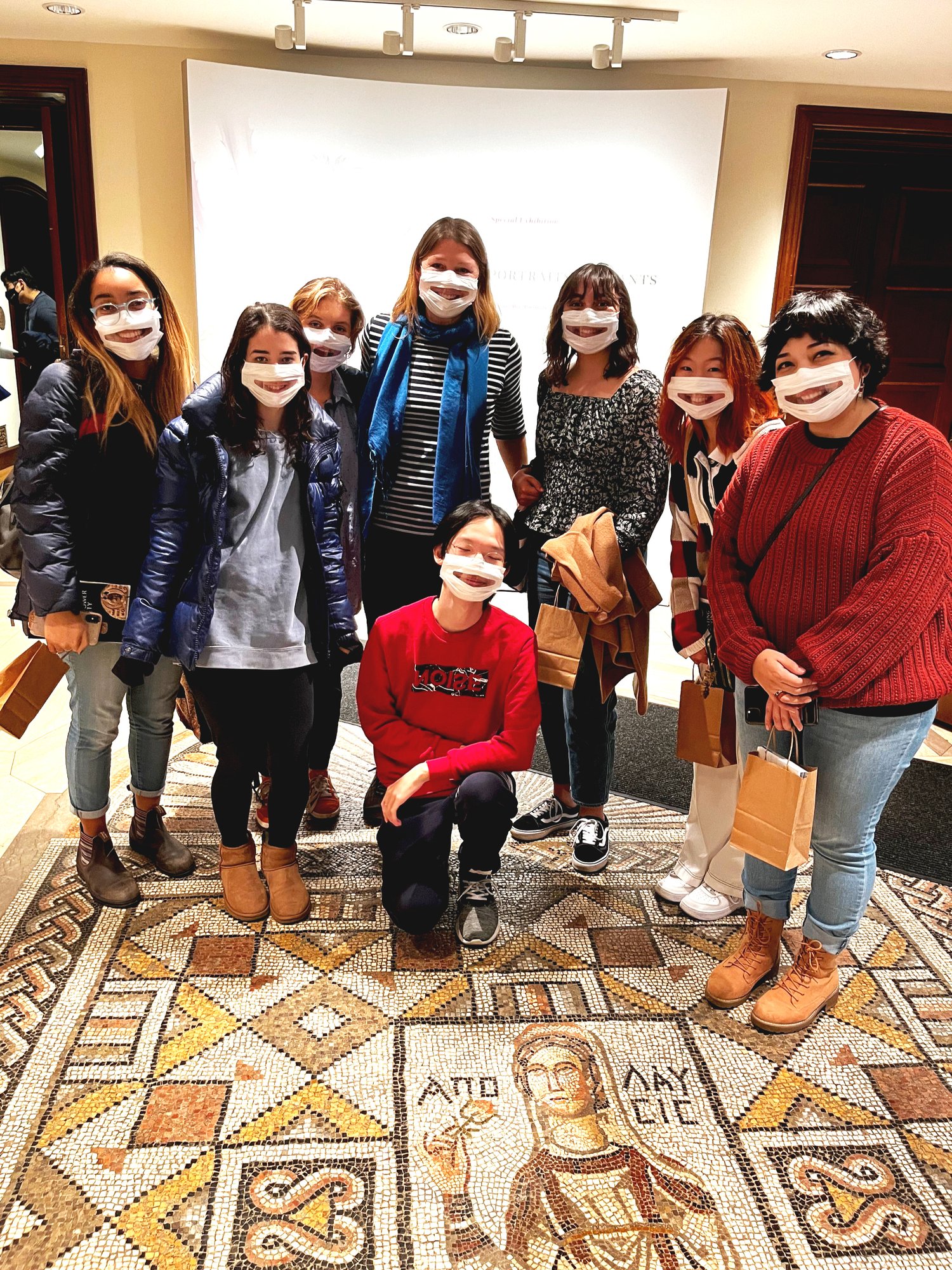The Lion in the East
When I look at the Striding Lion in the museum’s prominently displayed mosaic, it reminds me of a similar lion on the Ishtar gate, (depicted below) in what was once Babylon. That makes sense, as both Mesopotamia and Syria (the precursor to Antioch) were part of the Achaemenid Persian Empire. After Alexander the Great conquered that Empire, he eventually died and his generals divided up his Empire amongst themselves. The biggest chunk of his Empire went to General Seleucus and included Syria and Mesopotamia, among other things. Seleucus built Antioch in what was then Syria and made it the capital of his Empire, switching it from Seleucia Pieria. After many wars, Antioch eventually became part of the Roman Republic in 64 BC. Then in 27 BC, the Roman Republic became the Roman Empire.
Why did animals feature so prominently in the art of this period? Like today, animals symbolized many meanings. The Babylonians said that different animals embodied specific gods. For example, the lion was associated with the goddess Ishtar, the bull with the god Adad and the mushussu dragon was associated with Marduk, the chief god of the Babylonian pantheon. Lions were also said to have protective qualities because the Babylonians viewed them as being strong. There are many examples of statues of lions in front of gates at sites throughout the former Neo-Babylonian Empire, implying that the Babylonians believed that having an image of a lion facing outward near the door could protect the building. Babylonians also described lions as terrifying by nature, so it was believed that images of lions could scare away demons and evil spirits. A pair of lion statues found near the gate of a temple whose names are listed in a cuneiform inscription as “Dan-Bitim” and “Rašub-Bitim”. meaning “Strong one of the Temple” and “Terrifying one of the Temple” respectively. The names reveal that these animal statues serve the temple with their “strong” and “terrifying” nature.
After the Achaemenid Persian Empire conquered the neo-Babylonian Empire, they adopted the practice of depicting bulls and lions, but not the mushussu dragon. Even though the Persians didn’t follow the same gods as the Babylonians, they allowed the people living in Mesopotamia to keep believing in them. The Persians also continued the use of the lion as the symbol of strength. Given the large Persian community in Antioch in the Third Century AD and its relative proximity to the border with the Sassanid Persian Empire, anyone from the Eastern half of the Empire who came to Antioch would know what the Striding Lion symbolized.
Information and image from THE SYMBOLIC ROLE OF ANIMALS IN BABYLON: A CONTEXTUAL APPROACH TO THE LION, THE BULL AND THE MUŠḪUŠŠU by Chikako E. Watanabe
https://www.britannica.com/place/Antioch-modern-and-ancient-city-south-central-Turkey
Tommy Tripp

